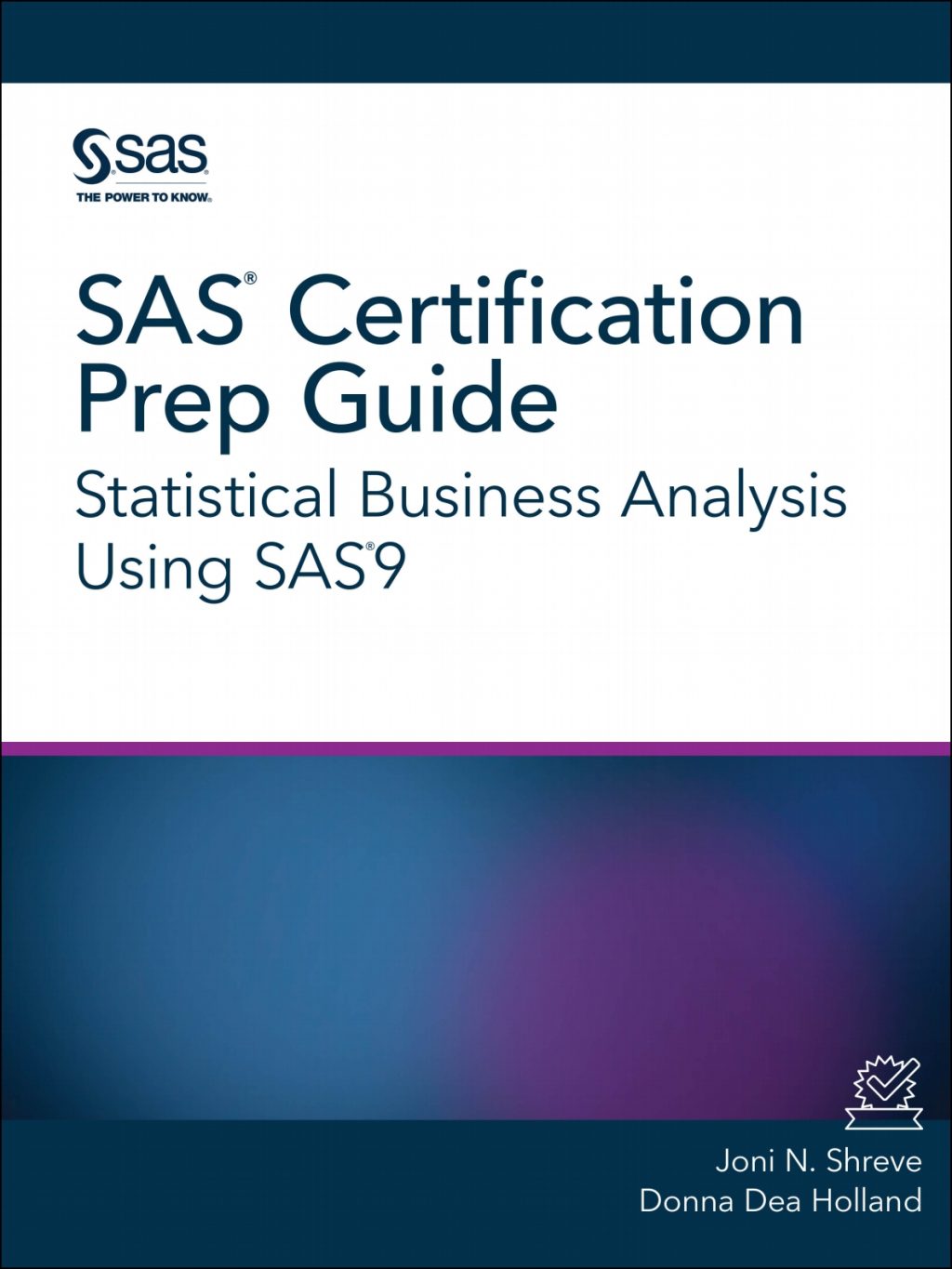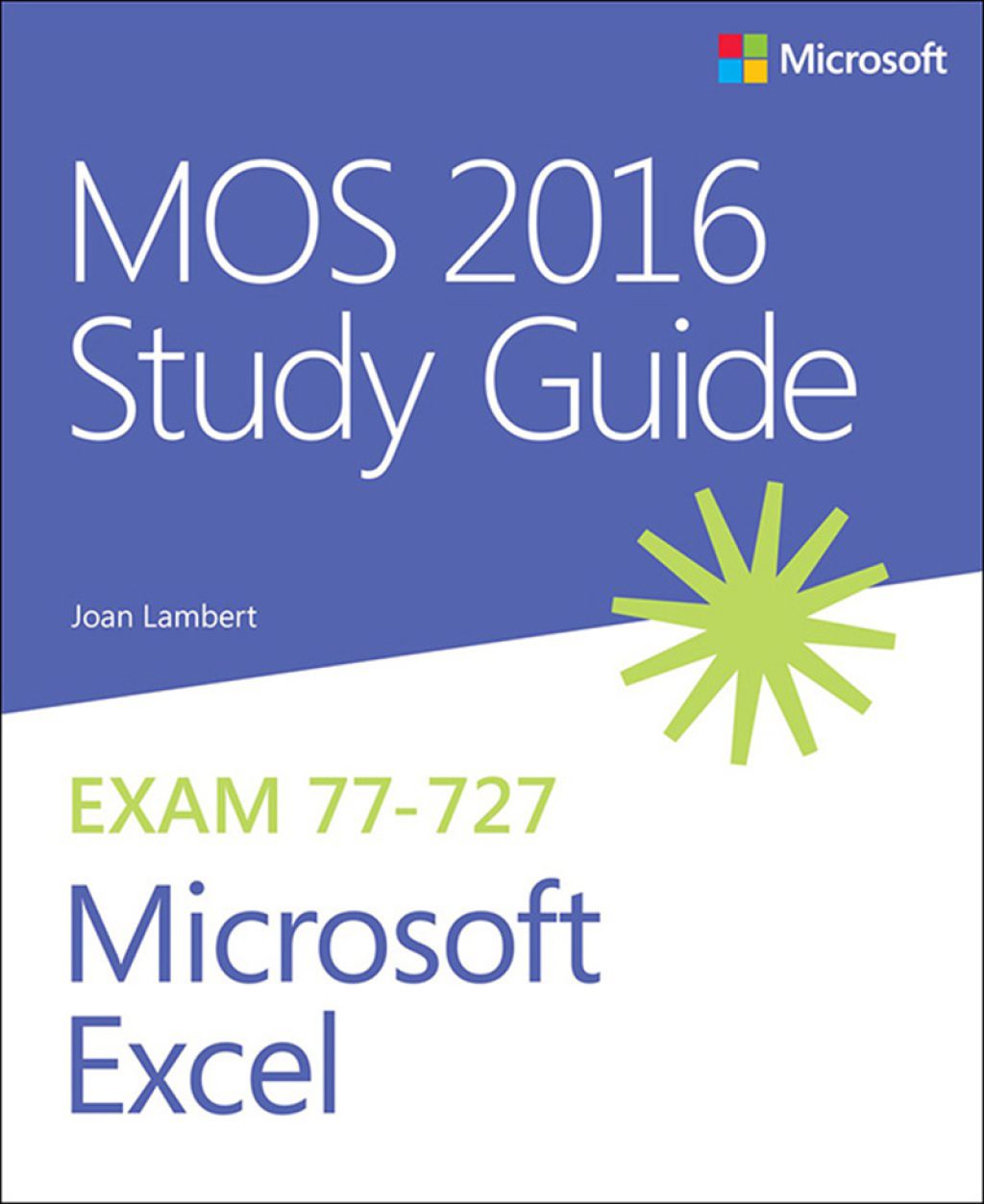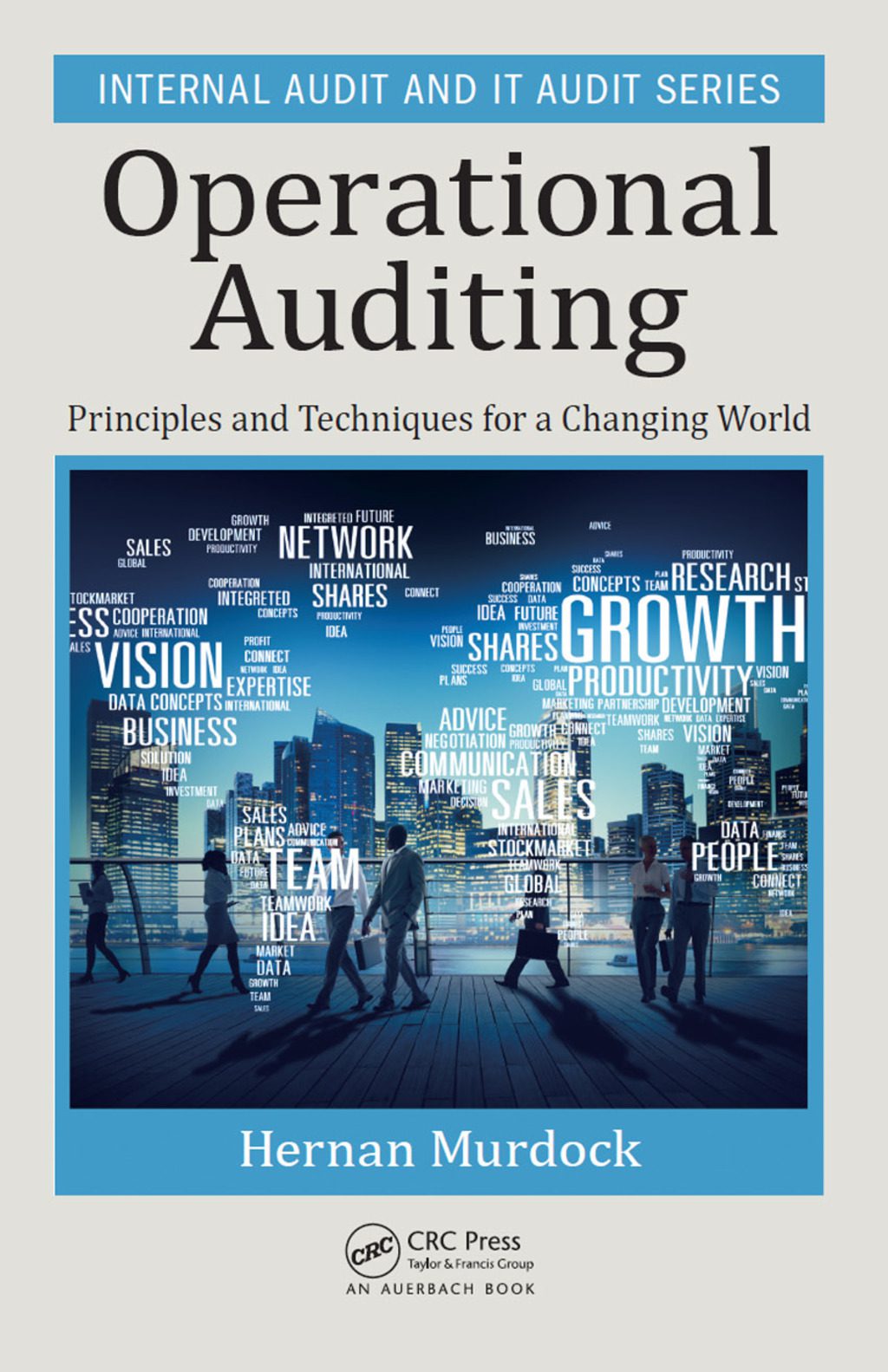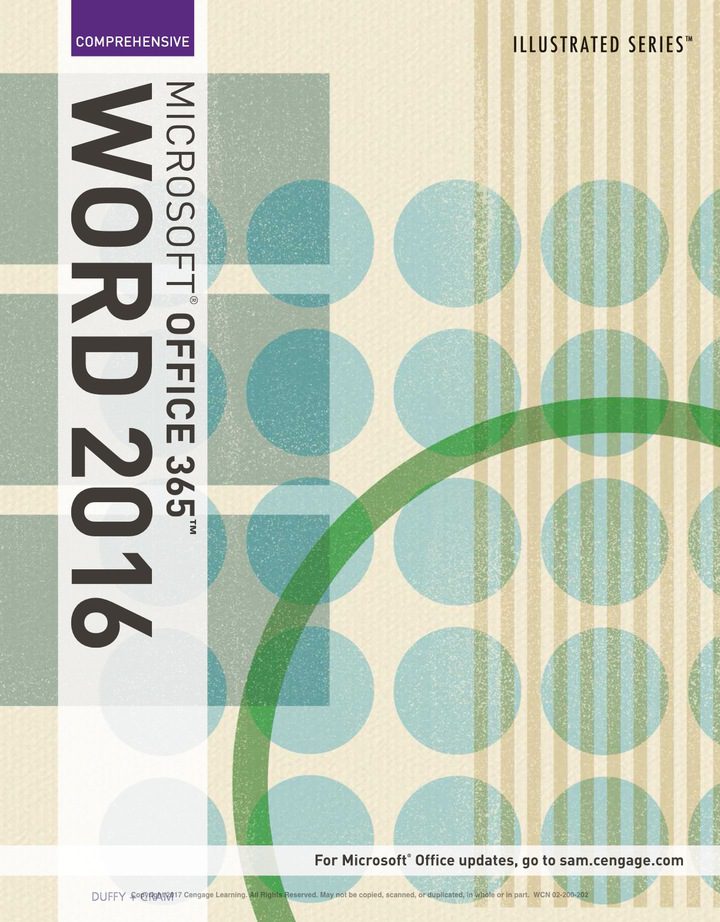Thorsten Grötker, Ulrich Holtmann, Holger Keding, Markus Wloka9789048173877, 9048173876
That’s true, unfortunately. Even the good old “hello, world” program, known to virtually every C and C++ programmer in the world, can be considered to be buggy. Developing software means having to deal with defects; old ones, new ones, ones you created yourself and those that others brought to life. Software developers debug programs for a living.
Hence, good debugging skills are a must-have. That said, I always found it regretable that debugging is hardly taught in engineering schools. Well, it is a tricky subject, and there are no good textbooks. The latter can be helped, I thought. That’s how the idea for this book was born.
“The Developer’s Guide to Debugging” is a book for both professional software developers seeking to broaden their skills and students that want to learn the tricks of the trade from the ground up. With small inlined examples and exercises at the end of each chapter it is well suited to accompany a CS course or lecture. At the same time it can be used as a reference used to address problems as the need arises.
This book goes beyond the level of simple source code debugging scenarios. In addition, it covers the most frequent real-world problems from the areas of program linking, memory access, parallel processing and performance analysis. The picture is completed by chapters covering static checkers and techniques to write code that leans well towards debugging.
While the focus lies on C and C++, the workhorses of the software industry, one can apply most principles described in “The Developer’s Guide to Debugging” to programs written in other languages. The techniques are not restricted to a particular compiler, debugger or operating system. The examples are structured such that they can be reproduced with free open-source software.







Reviews
There are no reviews yet.